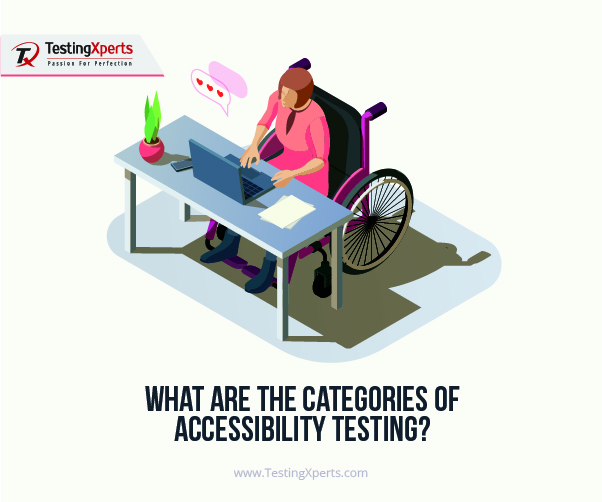How do you manage to do manual accessibility testing?
Manual testing plays a key role when it comes to performing accessibility audit. Automated tools also play an important role in finding issues in accessibility testing, but, only to a certain extent. The platform of manual testing should be given due credit for solving specific issues. Those errors or issues that cannot be found by automation testing, manual tests succeed in doing so. In this article, you will get to get to know about the three ways to perform manual accessibility testing.
What is manual accessibility testing?
It is a testing method where a website or application is inspected manually for accessibility issues, especially with disabled users. Automated tests cannot detect specific issues related to accessibility and hence manual accessibility testing is utilized.
Elements of manual accessibility testing:
In WCAG 2.0 AA, out of the 38 success criteria, 34 of them need to be manually reviewed by a human. WCAG 2.1 AA has further increased the need to perform manual accessibility tests, wherein 12 new success criteria have been added that need to be tested manually.
Following are the three ways to do manual accessibility testing:
1. Navigate through the keyboard: Power users as well as users of assistive technology will navigate the website by using a keyboard. Keyboard traps should be avoided by testing the site thoroughly. The website can be explored by using the shift, space, arrow, tab and enter keys.
Following are a few points that need to be pondered upon:
1.1: The menus/mega-menus should be navigable
1.2: At the top of the page, there should be a “skip to main content” available, before a user navigates. This will help the user to not go through the entire navigation over and over again
1.3: The different sections of the page should be easily accessed by the keyboard.
1.4: Form fields and links need to be focused upon.
2. The significance of a screen reader: Window’s JAWS is considered to be the most popular screen reader software, but, there are many other screen reader software that can be used for testing. Every screen reader will have different controls, hence it is advised to get practical expertise in one screen reader and learn to navigate, and then eventually scale up.
Following are a few points that need to be pondered upon:
2.1: Is there more than one menu? The user should be able to know on which menu they are on and also on the specific link within that particular menu
2.2: The information that is expected from the user while accessing various forms and the specific request to input text
2.3: The on-page content should be easily readable
2.4: The image’s alternative text must provide appropriate context as to what the image is all about.
If there are any issues with the screen reader, then the specific screenshot can be taken by the user and passed on to the developer, who will solve the issue at the earliest.
3. The colors need to be double-checked: Adobe photoshop and WebAIM’s Contrast Checker are some of the best tools for checking the colors accurately. Automation testing cannot do full justice when it comes to checking color contrast.
Following are a few points that need to be pondered upon:
3.1: Those areas that do not have a high color contrast ratio need to be looked upon.
3.2: Testing screenshots or browser tools can be used in tools such as Photoshop
Conclusion: If you are looking forward to implementing manual accessibility testing for your specific project, then do get connected with a globally acclaimed software testing services company that will provide you the required professional support and also provide you with a tactical testing strategy that is in line with your project specific requirements.
About the author: I am a technical content writer focused on writing technology specific articles. I strive to provide well-researched information on the leading market savvy technologies.




Comments
Post a Comment